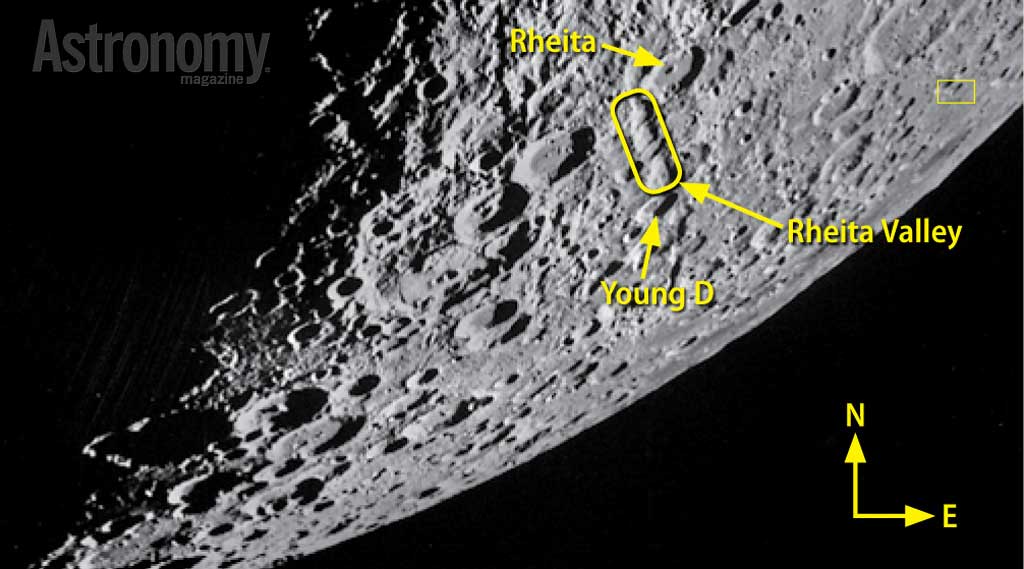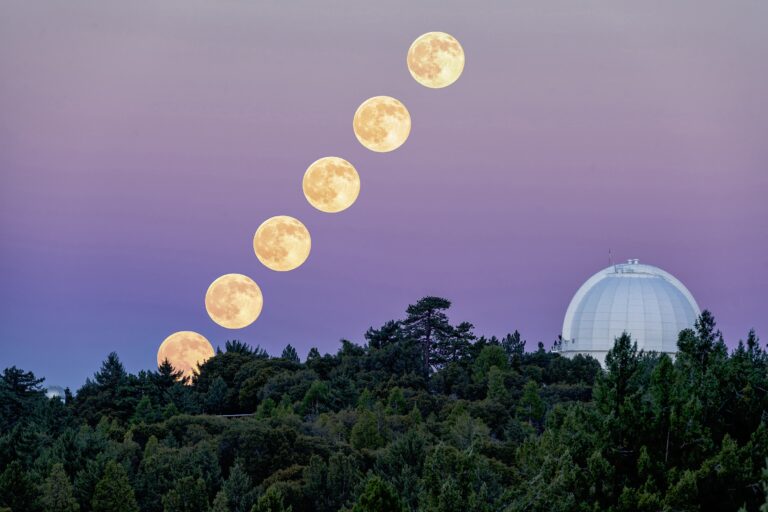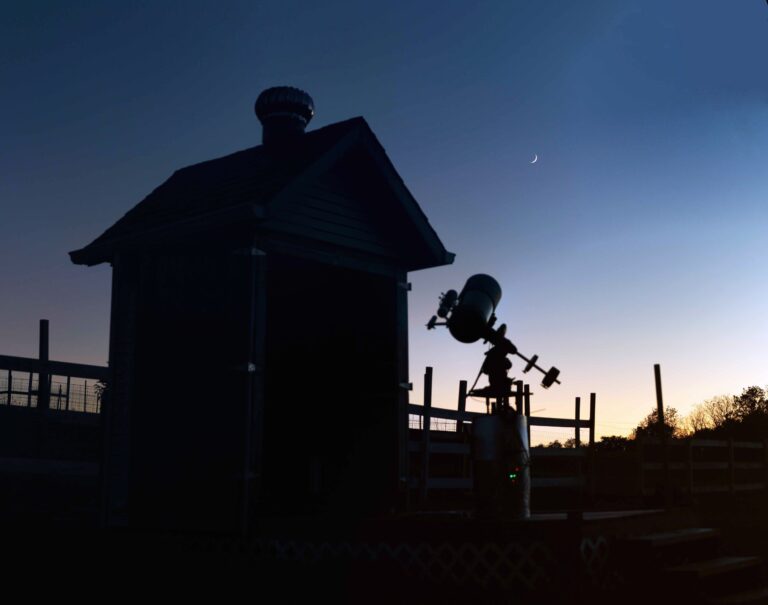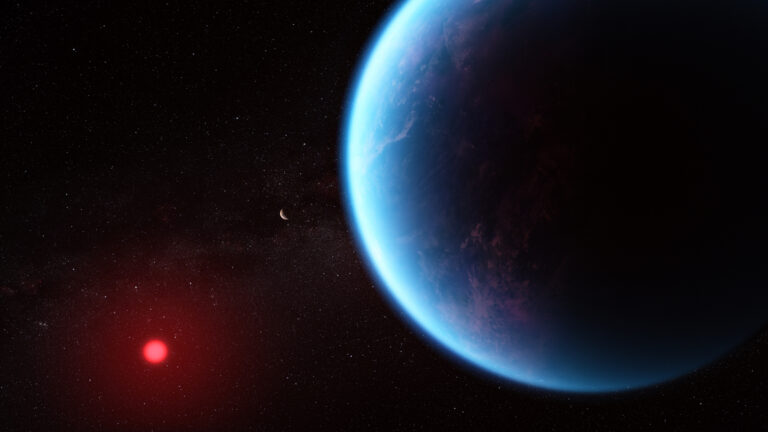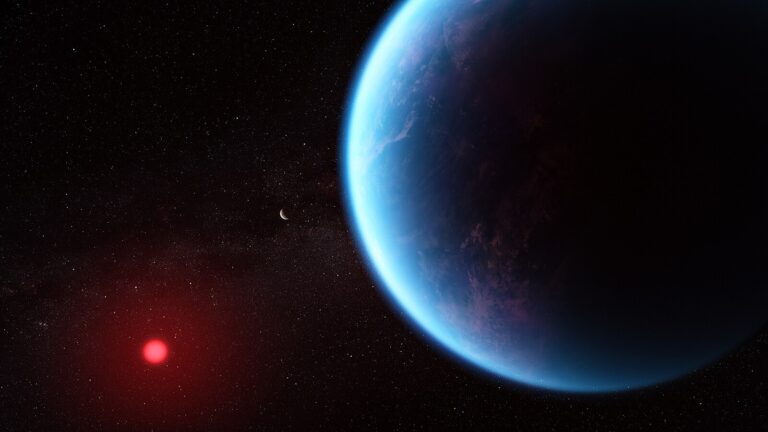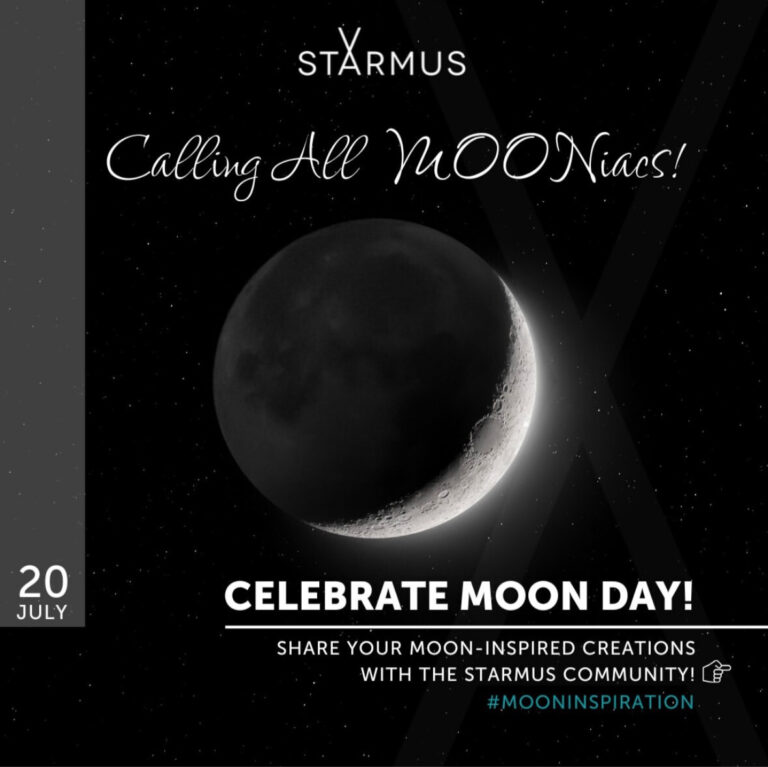Key Takeaways:
Clementine, a joint NASA and military project, was not even meant to search for water. The radar experiment that bounced radio waves from shadowed craters to receivers back on Earth was an idea dreamed up after the craft was well into its mission. As far as last-minute decisions go, it worked out pretty well.
NASA launched the Lunar Prospector just four years after Clementine, in 1998. But this time, they looked for ice on purpose. And, surprise, they found it again!
Japan’s Selenological and Engineering Explorer (Kaguya) definitely saw hydrogen on the Moon. But was it in the wells of craters or not? Later results from the missions after this contextualized the data … kind of.
The main mission of NASA’s Lunar CRater and Observation Sensing Satellite (LCROSS) was to look for water, while it was merely a part of what the other crafts’ goals were. Let’s hear it for LCROSS’s single-minded dedication!
NASA’s Lunar Reconnaissance Orbiter (LRO) is the most sophisticated Moon-mapper yet, able to link hydrogen to its actual location on the Moon’s surface. Showoff!

